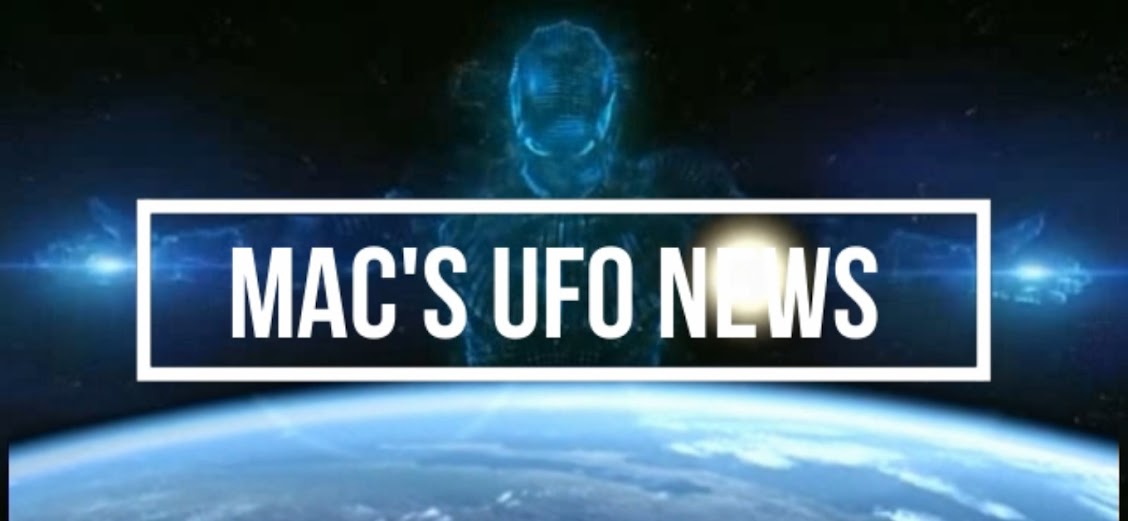By Bryce Zabel
Silver
Screen Saucers Consulting
Editor
Exclusive to Silver Screen
Saucers from material
originally published in A.D. After
Disclosure.
___________________________________________
Some UFO researchers believe that the
entertainment industry is part of the effort to acclimate the public to accept
the concept of alien life. Hollywood, it has been argued, has collaborated with
the intelligence community to release disinformation, and at other times leak a
few details to prepare people for eventual contact with non-human
life.
Certainly several 1950s movies look
like CIA-sponsored attempts to deal with Roswell. Researcher Bruce Rux cited
1951’s The Thing from Another World,
considered to be the first realistic flying saucer movie, which reflected
certain elements of the crash and recovery at Roswell four years earlier. The
film’s maker, RKO, was up to its eyeballs in intelligence assets. It was owned
by billionaire defense contractor and test pilot Howard Hughes, plus it was a
subsidiary of Time-Life, which was owned by CIA-connected Henry Luce. The movie
also captured the essence of the Top Secret government study, Project Twinkle,
which was then classified.
Some of the other movies of the era
look suggestive, also. Several key industry players had connections to military
intelligence and later the CIA.
 |
| On set: The Day the Earth Stood Still (1951) |
Edmund H. North, the screenwriter of
the 1951 UFO film, The Day the Earth
Stood Still, had worked in the Army Signal Corps during the Second World
War. It would seem that the secret-keepers wanted to float some trial balloons
before the public, and that Hollywood producers were happy to
oblige.
If so, their message
seems unclear. Although The Day the Earth
Stood Still demonstrated alien tough-love, many other movies from this
period were invasion-oriented. They included Earth Versus the Flying
Saucers, Invasion of the Body Snatchers, and The War of the Worlds. Were these also
examples of CIA influence? And were they the result of official policy, or some
unauthorized leak?
If there is continued intelligence
community influence amid the out- pouring of ET-related movies today, it is even
harder to know what the message is.
 |
| Spielberg and E.T., 1982 |
Consider the career of
Steven Spielberg. When he developed Close
Encounters of the Third Kind in 1977, some wondered if he was part of a
government acclimation program. Spielberg has always denied this, saying that he
simply believes in extraterrestrial life and knows a good story when he sees
one. Although such a denial is to be expected, Spielberg’s choices in this genre
support his position. His films have hardly been limited to a monochromatic meme
about contact, something one might expect if he were receiving inside
information. His early films, such as Close Encounters and E.T.: The
Extraterrestrial, both portrayed the Others as
benevolent scientists. His later treatments, however, showed no such optimism.
Taken, his epic television series,
depicted abductions as the core UFO secret, The War of the Worlds presented Martian
predators wiping out humanity, and his television series Falling Skies featured the resistance
against an alien invasion of Earth. Spielberg has also been behind such diverse
projects as Men in Black, featuring
Earth as a cosmic way-station, the historical fantasy Cowboys and Aliens, and Transformers, with its robotic threat.
The easiest explanation for this extraordinary diversity of treatment is that
Steven Spielberg, like other people, reads the literature.
The same can be said
for the rest of Hollywood. During the 1990s, TV series such as The X-Files (“The Truth Is Out There”)
and the historical conspiracy Dark Skies
(“History Is a Lie”) portrayed the government as involved in a UFO cover-up and
willing to go to almost any lengths, often extra-legal, to maintain the secret.
Both were subject to much speculation, usually either as a means to prepare the
population, or else to provide disinformation.
Yet, why would the covert elite
authorize dramatic content highlighting their own lies and deceit? If anything,
Hollywood’s natural method of operation may work in opposition to Disclosure.
Its product is of such uneven quality, its messages so diverse, that any citizen
hungering for its truth will receive only confusion.
If the Breakaway Group indeed had been
using Hollywood as a means either to prepare the public for the eventual truth,
or else to obfuscate and bury the truth still deeper, the moment of Disclosure
will have caught them off guard, as it will have caught everyone
else.
Bryce
Zabel is co-author with Richard Dolan
of A.D. After Disclosure: When
the Government Finally Reveals the Truth About Alien
Contact, which will be published in May
2012 by Career Press New Page Books of New York.
A.D. After
Disclosure is available for pre-order at Amazon.com and
Barnes & Noble. Join the A.D. discussion at AfterDisclosure.com
and on Facebook.


